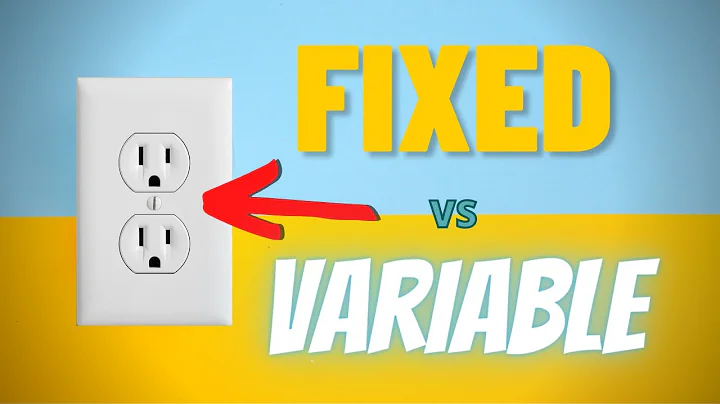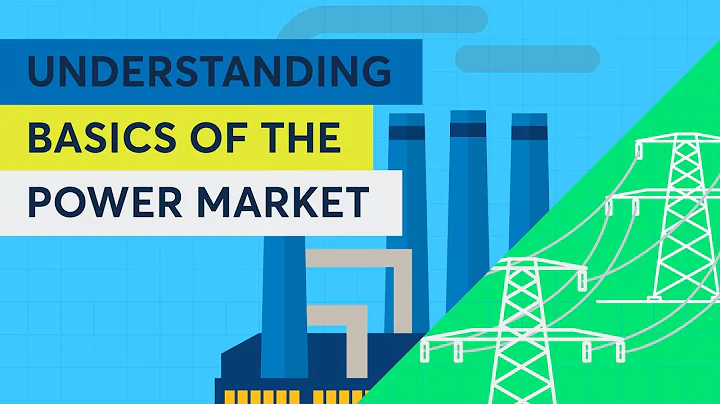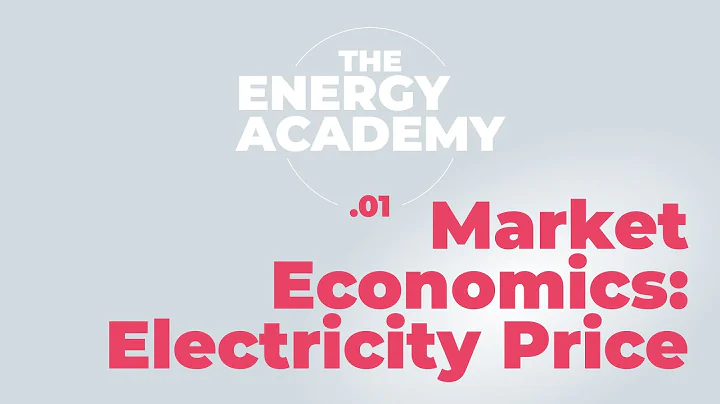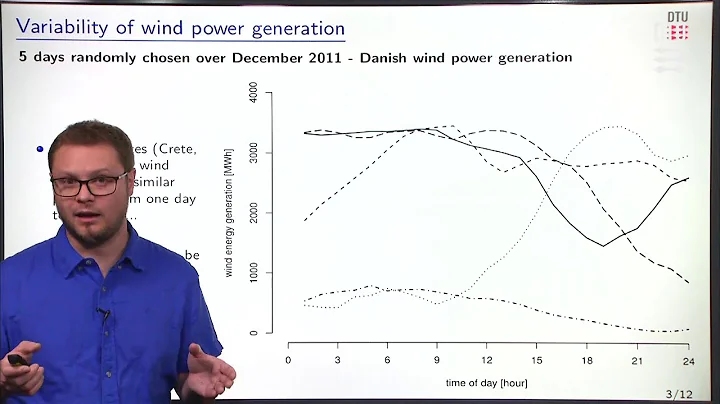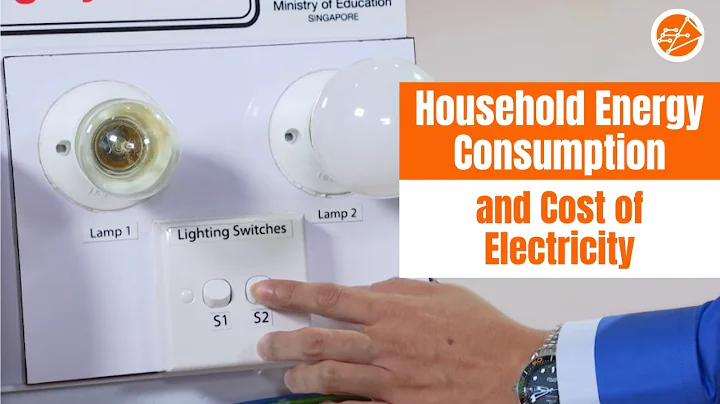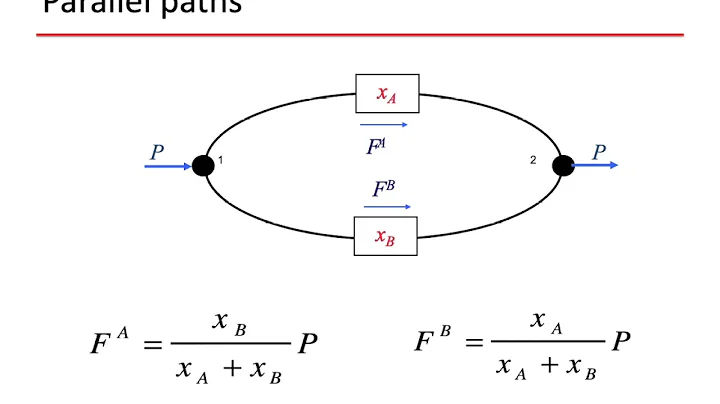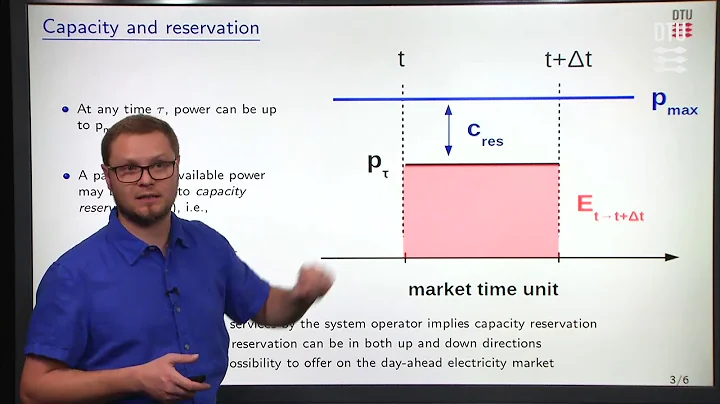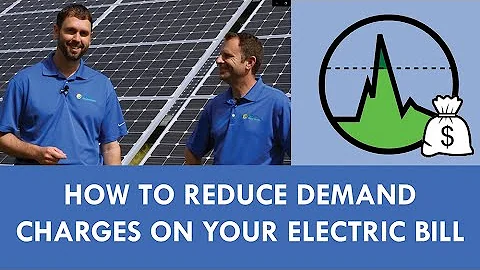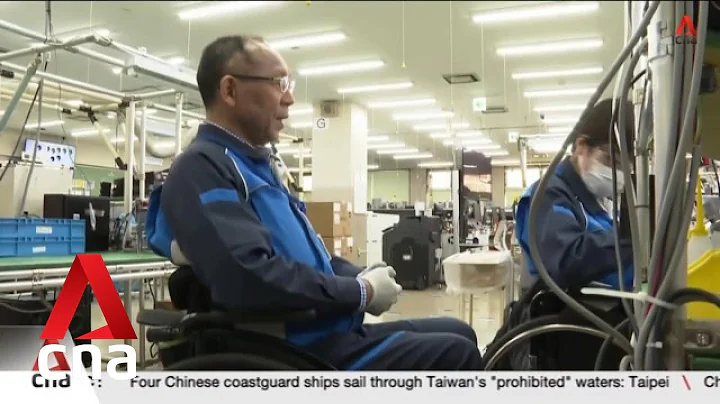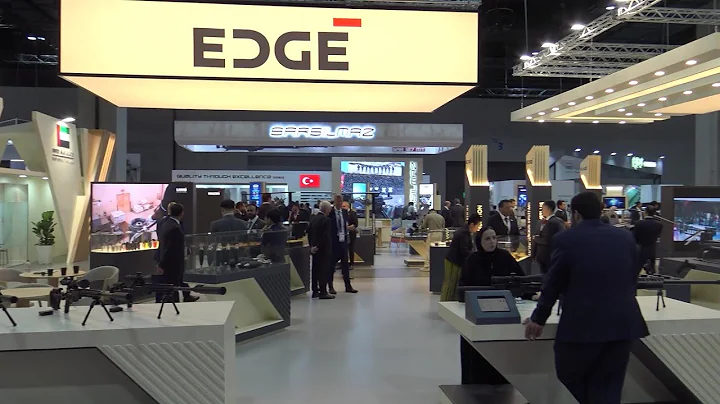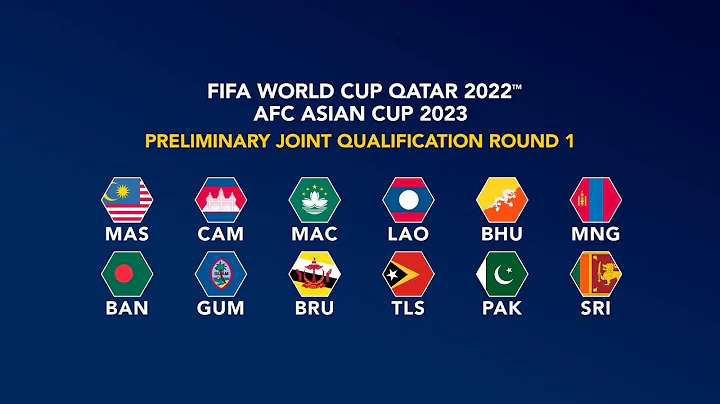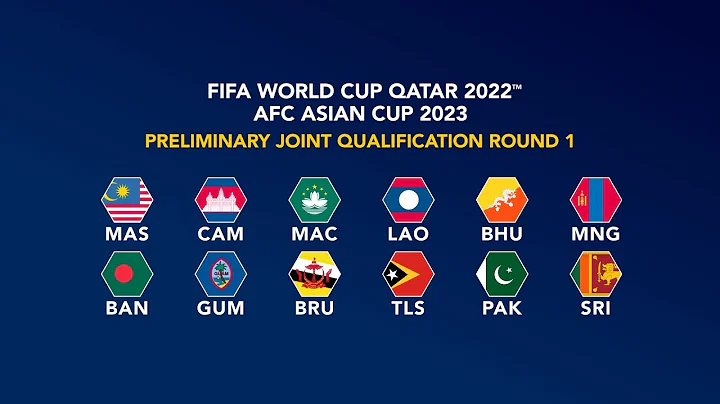[Energy people are all watching, click on the upper right corner to add 'Follow']

Polaris Sales Network News: 1. Necessity Analysis
For a long time, my country has implemented government-controlled pricing for on-grid electricity prices and sales electricity prices. The government of all types of electricity users Pricing levels deviate from actual power supply costs, resulting in cross-subsidization of electricity prices.
my country's electricity price cross-subsidies have a wide range and large scale. Historically, they have played an important role in promoting economic development in rural areas, industrial and commercial energy conservation and emission reduction, and reducing residents' agricultural electricity burden. However, with the continuous advancement of economic and social development and electricity market-oriented reform, some deep-seated contradictions have become apparent, posing requirements for properly solving the problem of cross-subsidy in electricity prices in my country. Document No. 9 of Zhongfa clearly stated the need to “properly handle electricity price cross-subsidies.”
(Source: WeChat public account "Electricity Price Research Frontier" Author: Zhang Chao)
Specifically, properly solving the problem of cross-subsidy in electricity prices is to restore the attributes of electricity commodities, promote the reform of electricity marketization, enhance the overall welfare of society, and improve industrial products and Serve the needs of international competition.
Properly solving cross-subsidies is the need to restore the attributes of electricity commodities. The central government has clearly proposed to promote a revolution in energy production and consumption, a very important content of which is to restore the attributes of energy commodities and form a mechanism in which energy prices are mainly determined by the market. As an important secondary energy, electricity is essentially a commodity. Properly solving cross-subsidies is the need to restore the commodity attributes of electricity and form a mechanism where electricity prices are mainly determined by the market.
Properly solving cross-subsidy is the need for my country to further promote the market-oriented reform of electricity. Severe cross-subsidies make it difficult for transmission and distribution prices to truly reflect the costs of the transmission and distribution links, interfering with market price signals. Therefore, properly handling the cross-subsidy issue is not only a prerequisite for truly "independent" assessment of transmission and distribution prices, but is also related to the effectiveness of the operation of the power market.
Properly solving cross-subsidy is the need to improve the overall welfare of society. The cross-subsidy structure in which electricity used by industry and commerce in my country subsidizes electricity used by residents in agriculture has resulted in high prices for industrial and commercial production factors and reduced the optimal output under the decision-making process of maximizing industrial and commercial profits. The overall low electricity price for residents has an obvious inclusive effect, and cross-subsidy mainly improves the welfare of wealthy people who consume more electricity. From the perspective of overall social welfare, in order to ensure their own profits, industry and commerce will also pass on the cross-subsidies they bear to residential consumers in the form of "price increases", resulting in a decrease in consumers' actual purchasing power and a loss of social welfare.
Properly solving cross-subsidies is the need to improve the international competitiveness of my country's industrial and commercial products. Cross-subsidization of electricity prices has forced industry and commerce to bear excessive prices, which has affected the international competitiveness of my country's industrial and commercial products and services. At present, our country is facing relatively severe international trade frictions. Cross-subsidies have increased the electricity bill burden of industrial and commercial enterprises. Properly solving policy cross-subsidies is the need to improve the international competitiveness of our industrial and commercial enterprises, and should become an important part of my country's supply-side reform.
2. Policy History
Looking back at the policies related to electricity price cross-subsidy, it can be divided into two stages before and after the 2015 reform.
1. Relevant policies on electricity price cross-subsidization before the new round of electricity reform
Before the new round of electricity reform in 2015, my country has adopted "retreat and advance" measures, which has played a positive role in alleviating the problem of electricity price cross-subsidization.
First, while implementing the tiered electricity price policy for residents, more attention should be paid to protecting people's livelihood. At the end of 2011, the National Development and Reform Commission issued the "Notice on Guiding Opinions on the Trial Implementation of Ladder Electricity Prices for Residential Electricity" (Fagai Price [2011] No. 2617), which changed the single form of residential electricity prices to segmented pricing based on the amount of electricity consumed by users. The price of electricity increases step by step as electricity consumption increases.
The policy distinguishes between residents' "basic", "normal and reasonable" and "higher quality of life" electricity needs, and divides electricity prices into three levels according to power levels: The first level of electricity prices maintains a lower price, covering 80% of residents in the region. , enjoy cross-subsidies on electricity prices; the second level is gradually adjusted to a level that can cover the normal and reasonable costs of power companies and obtain reasonable benefits. The price increase standard for electricity exceeding the first level is not less than 5 cents per kilowatt hour, covering 95% of the region. Residents; the third level is based on making up for the normal and reasonable costs and income levels of power companies, and then appropriately reflects the scarcity of resources and compensates for environmental damage costs. The price increase standard for electricity exceeding the second level is not less than 0.5 yuan per kilowatt hour. Finally, Control it at about 1.5 times the second-tier electricity price.
In addition, a free electricity base of 10 to 15 kilowatt hours per household per month has been established for urban and rural "low-income households" and rural "five-guarantee households".
The second is to gradually reduce the cross-subsidization of electricity prices among various types of users. In 2013, the "Notice on Issues Concerning the Adjustment of the Classification Structure of Sales Electricity Prices" (No. 973 [2013]) was issued, requiring that the sales price of electricity be gradually adjusted from being mainly classified based on industry and use to mainly based on electricity load characteristics. Gradually establish a sales electricity price classification structure system with clear structure, reasonable price comparison, and appropriate complexity and simplicity; gradually merge the current sales electricity prices into three categories: residential electricity, agricultural production, and industrial, commercial, and other electricity prices. The transitional measures proposed by
include: temporarily listing the large industrial electricity consumption category separately, and gradually merging the preferential electricity price category into the large industrial electricity consumption category; merging the current three categories of non-residential lighting, non-industrial and general industrial and commercial electricity into general industrial and commercial electricity. Other electricity consumption categories; general industrial, commercial and other electricity consumption and large industrial electricity consumption will gradually be merged into industrial, commercial and other electricity consumption categories; separate agricultural drainage and irrigation electricity, agricultural drainage and irrigation electricity in poverty-stricken counties and deep well high-lift electricity will be gradually merged to the electricity consumption category for agricultural production; pricing is based on voltage levels, and those who meet the conditions can conduct tiered pricing based on voltage level, power consumption capacity or electricity consumption per unit capacity (utilization hours); in general industrial, commercial and other electricity consumption, subject to If the capacity of the electric transformer (including the capacity of high-voltage motors connected without a transformer) is 315 kVA (kilowatt) or above, the same price as that of large industrial electricity can be implemented first and a two-part electricity price can be implemented. Areas that meet the conditions can be expanded. To use electricity above 100 kilovolt amperes (kilowatts).
(2) Policies related to electricity price cross-subsidy after the new round of electricity reform
After the start of the new round of electricity reform in 2015, the state put forward a series of policies to deal with the issue of electricity price cross-subsidization focusing on "responsibility requirements" and "scientific and reasonable pricing objectives" measure. The main policies include:
China Development Document No. 9 issued in March 2015. Article 3 of the key tasks proposes to “properly handle electricity price cross-subsidies, combine the electricity price reform process, and support the reform of cross-subsidies between different types of electricity prices. During the transition period, the power grid enterprises shall declare the amount of cross-subsidy between existing various types of user electricity prices, and pass the transmission and distribution Electricity Price Recovery”. Article 22 of the key tasks requires that "Enterprises with captive power plants should bear government funds, policy cross-subsidies and system reserve fees that are consistent with the industrial policies for captive power plants in accordance with regulations."
The "Several Opinions on Promoting the Reform of the Price Mechanism" (Zhongfa [2015] No. 28) issued in October 2015 once again emphasized the need to "properly handle and gradually reduce cross-subsidies and restore the attributes of energy commodities."
The first supporting policy for the electric power reform was issued in November 2015, "Implementation Opinions on Promoting the Reform of Power Transmission and Distribution Prices." First of all, it is proposed in the overall goal to "restore the attributes of electricity commodities, and in accordance with the principle of 'allowed cost plus reasonable income', determine the allowed total income of power grid enterprises and the transmission and distribution prices by voltage level, clarify government funds and cross-subsidies, and announce them to the public. Accept social supervision” requirements. In Article 3 of the main measures, the requirement of “promoting cross-subsidy reform in categories” is put forward, and it is clearly proposed to reform cross-subsidies between different types of electricity prices, gradually reduce cross-subsidies within industry and commerce, and properly handle cross-subsidies for residents and agricultural users.At the same time, it is proposed that during the transition period, the power grid enterprises shall declare the amount of cross-subsidy between existing various user electricity prices, and the amount will be recovered through the transmission and distribution price after review by the government price department; after the reform of the transmission and distribution price, the amount of cross-subsidies between the electricity prices of each voltage level of the power grid will be , line loss rate and other conditions to determine the power transmission and distribution price by voltage level, calculate and separately list the cross-subsidies enjoyed by residents, agriculture, etc., as well as the cross-subsidies borne by industrial and commercial users. The "Guiding Opinions on Strengthening and Standardizing the Supervision and Management of Coal-fired Self-Provided Power Plants" issued by
proposes that "enterprise-owned power plants should bear and pay in full the national major water conservancy project construction funds, rural power grid loan repayment funds, renewable energy Government funds established in accordance with the law and policy cross-subsidies, such as the Energy Development Fund, the Large and Medium-sized Reservoir Immigration Later Support Fund, and Urban Utilities Additional Funds, as well as policy cross-subsidies, shall not be arbitrarily reduced or exempted or levied selectively by local governments at all levels.”
In June 2016, the National Development and Reform Commission promulgated the "Measures for Supervision and Review of Power Transmission and Distribution Pricing Costs (Trial)", which requires power grid enterprises to establish and improve cost accounting systems in accordance with the needs of power transmission and distribution pricing supervision, and accurately record and rationalize costs according to voltage levels, services and user categories. Collect production and operation cost (expense) data for power transmission and distribution.
In December 2016, the National Development and Reform Commission issued the "Provincial Power Grid Transmission and Distribution Price Pricing Methods (Trial)". On the one hand, it was clearly stated that "based on different voltage levels and users' electricity consumption characteristics and cost structures, separate voltage levels and user categories will be formulated. Transmission and distribution prices”. On the other hand, it is also required to "properly handle policy cross-subsidies in conjunction with the power system reform process." In the early stage of the power transmission and distribution price reform, the power consumption of residents and agriculture will be temporarily multiplied by the difference between the reasonable power transmission and distribution price and the actual power transmission and distribution price. Calculate the total policy cross-subsidy enjoyed by residents and agricultural electricity users.
In November 2017, the National Development and Reform Commission issued the "Opinions on Comprehensively Deepening the Reform of the Price Mechanism", which once again emphasized the need to "study the gradual reduction of electricity cross-subsidies and improve the residential electricity price policy."
In January 2018, the Ministry of Finance and the Energy Bureau jointly issued the "Enterprise Product Cost Accounting System - Power Grid Operation Industry" to provide direct guidance for power grid enterprises to calculate transmission and distribution costs by voltage level.
From 2018 to 2019, the country continued to reduce general industrial and commercial electricity prices by 10%. The industrial and commercial price levels dropped, and the sources of cross-subsidies decreased. This caused more obvious pressure to maintain low-price electricity for residents in agriculture.
In October 2019, the "Guiding Opinions on Deepening the Reform of the On-grid Price Formation Mechanism for Coal-fired Power Generation" was issued, requiring that the cross-subsidy adjustment mechanism be standardized under the "base price + floating up and down" mechanism, and "the cross-subsidy adjustment mechanism shall be determined as a whole when approving the power grid transmission and distribution price". The subsidy amount is to balance the new profits and losses generated by power grid enterprises to protect residents and agricultural electricity."
In January 2020, the revised "Provincial Power Grid Transmission and Distribution Price Pricing Methods" were issued, requiring "to reasonably calculate the scale of policy cross-subsidy and improve the scope and operating mechanism of policy-based cross-subsidy based on the power system reform process."
In addition, five provinces and cities including Shandong, Shanghai, Fujian, Jilin and Sichuan have issued relevant measures respectively to determine the cross-subsidization standards for self-owned power plants.
Original title: Proper handling of electricity price cross-subsidies: necessity and policy evolution
Disclaimer: The above content is reproduced from Polaris Sales Power Grid, and the content posted does not represent the position of this platform.
National Energy Information Platform contact number: 010-65367702, email: [email protected], address: People's Daily, No. 2 Jintai West Road, Chaoyang District, Beijing
